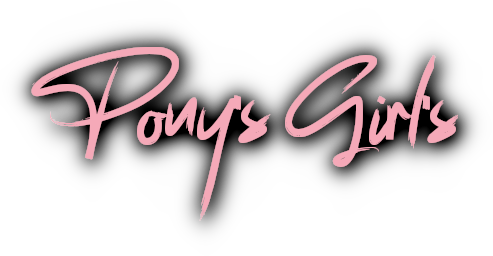In the ever-evolving landscape of gender expression, the terms "femboy" and "crossdresser" stand out as identities that challenge conventional norms. In this comprehensive blog post, we will delve into the intricacies of these terms, exploring the nuances that distinguish femboys from crossdressers. By understanding these distinctions, we aim to foster a deeper appreciation for the diverse ways individuals express their gender identity.
Section 1: Crossdressers - Beyond the Binary Norms
Defining Crossdressers: Crossdressers navigate a space where the boundaries of traditional gender norms are challenged. The term "crossdresser" refers to individuals who occasionally wear clothing and adopt the appearance traditionally associated with a gender different from their assigned gender at birth. It's essential to recognize that crossdressing is a form of self-expression rather than an indication of a specific gender identity.
The Fluidity of Crossdressing: Crossdressers may explore various levels of gender expression, from subtle shifts in clothing to fully embracing the appearance of the opposite gender. What sets crossdressing apart is its occasional nature, allowing individuals to experiment with different facets of their identity without a permanent commitment to a specific gender presentation.
Identity and Crossdressing: Crucially, crossdressers may or may not identify with the opposite gender. Some crossdressers adopt these expressions for personal enjoyment, relaxation, or as a means of exploring different facets of their identity without necessarily undergoing a full gender identity shift.
Section 2: Femboys - Embracing Femininity in Masculinity
Defining Femboys: The term "femboy" takes a distinct approach to gender expression. A femboy, short for feminine boy, refers to individuals who embrace a more effeminate or feminine gender expression while identifying as male. Unlike crossdressing, being a femboy involves a consistent and deliberate expression of femininity in appearance, behavior, or style.
Consistency in Expression: Femboys typically maintain a consistent expression of femininity, incorporating elements traditionally associated with women into their daily lives. This includes not only clothing choices but also behaviors, mannerisms, and attitudes that challenge societal expectations of masculinity.
Identity and Femboys: Crucially, femboys identify as male. Their expression of femininity is an integral part of their gender identity, offering a unique perspective on the fluidity and richness of gender expression. While they may embrace traditionally feminine characteristics, their core identity remains firmly within the male spectrum.
Section 3: Intersectionality and Fluidity
Overlap and Diversity: It's essential to acknowledge that the terms "femboy" and "crossdresser" are not rigid categories but rather fluid concepts that may overlap. Some individuals may identify with both terms at different points in their lives, emphasizing the need for inclusivity and an appreciation of diverse gender expressions.
Fluidity of Gender Identity: The journey of self-discovery is unique for each individual. Some may find that their gender identity and expression evolve over time, leading them to explore different aspects of both femboy and crossdresser identities. This fluidity challenges the notion of fixed gender categories and emphasizes the importance of self-determination in shaping one's identity.
Section 4: Breaking Stereotypes and Fostering Understanding
Challenging Stereotypes: Both femboys and crossdressers challenge stereotypes and preconceived notions surrounding gender. By existing outside conventional norms, these individuals contribute to a broader understanding of gender as a spectrum rather than a binary.
Promoting Inclusivity: Understanding the differences and intersections between femboys and crossdressers is a crucial step toward fostering inclusivity and acceptance within society. Embracing the diversity of gender expression enriches our collective understanding of identity and encourages a more tolerant and supportive environment for all individuals.
Conclusion: Celebrating Diversity in Gender Expression
In concluding this exploration, it is evident that femboys and crossdressers contribute to the vibrant tapestry of gender expression. By appreciating the distinctions and intersections between these terms, we can move towards a more inclusive and understanding society—one that embraces the diversity of identities and expressions that make each individual unique in their journey of self-discovery.


5 comments
Holy crap, I think femboys make my pants feel funny
Please send thigh pics
Hi there, being a transexual female myself I have been looking for a good explanation of this matter. You did a good job in breaking it down.
love femboy
Thanks for the fantastic information! I was not sure about the distinction between crossderssers and femboy’s ! Have a Happy New Year!!😀😀😀